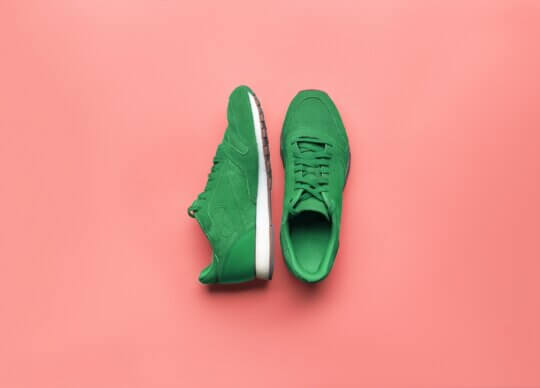
Top Tips for International Design Protection
The key to a successful and cost-effective international design filing programme is to start by considering the What, Where, When and Who – although not necessarily in that order.
What?
The first consideration should be what you are trying to protect. This seems obvious but can often be a bit more complicated than it seems. Do you want to protect the appearance of the product exactly as it is? Or do you want to obtain protection that extends to different materials or colours? The answers to these questions will inform which images you use when filing for protection. Don’t forget that you can register the design of almost anything, from jewellery to toothpaste packaging, from boats to shoes, from handbags to furniture. Design filings are not just limited to 3D objects either, it is also possible to register 2D drawings or graphical user interfaces.
Where?
Where you file is a very important issue. Registered design rights are territorial in nature so you should think carefully about both:
- where you are planning to sell your goods; and
- where your designs are most likely to be copied.
This second consideration is one that is often overlooked yet is extremely important, particularly as design registrations can be a powerful tool in the fight against counterfeiters. It’s always a good idea to work out the ‘Where?’ as early as possible. Due to the nature of product design law, and differences in the registration systems across the globe, how and when you file in one country can affect your ability to file in other countries. As a result, it’s best to put together an overall filing strategy as early as possible.
When?
In the world of product design rights, when you file is vital. In some jurisdictions there is a ‘grace period’ which allows you to obtain registered protection after your design has been made available to the public, as long as the filing is lodged within a certain number of months from the first disclosure. However, there are a number of territories that do not have such a ‘grace period’ and only designs that have never been made public anywhere in the world can be protected. Even if you haven’t put your product on the market in the country in which you want to obtain protection you may be prevented from protecting the design of that product if you have put it on the market in another country. A design application itself can count as making a design available to the public. However, a number of systems let you keep your application hidden from public view until you’re ready for people to see it.
Who?
Before filing you should always make sure you know who owns the rights in a design, and who is to own the registration, making sure all paperwork is in order. Even if the designer is not the owner of the rights, in many countries they will still need to sign local paperwork.
Originally published in DesignWrites 10th Edition. Co-authored by Patricia Collis.








